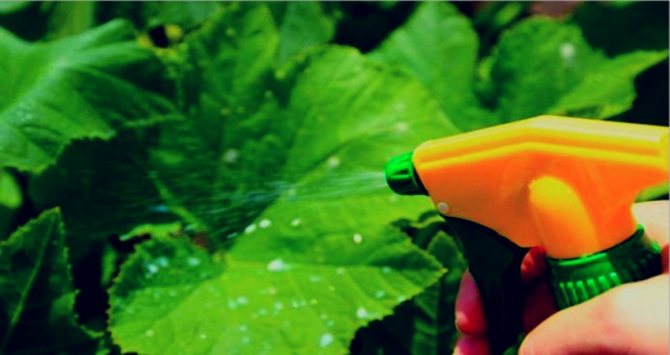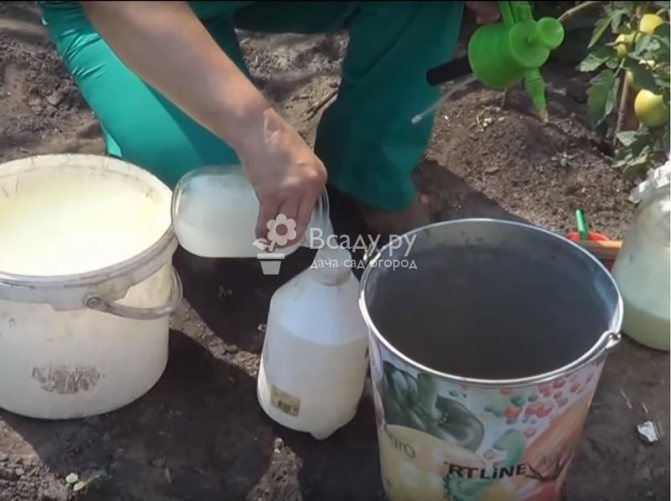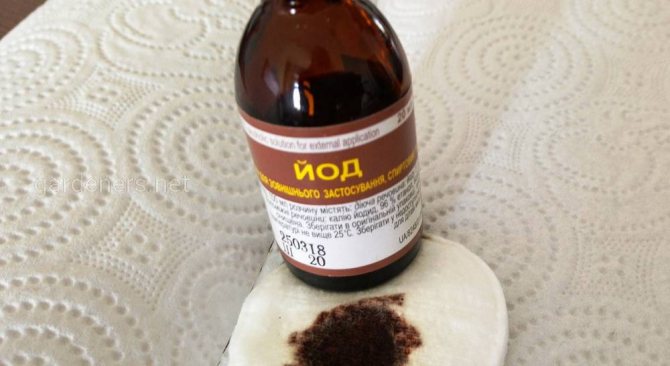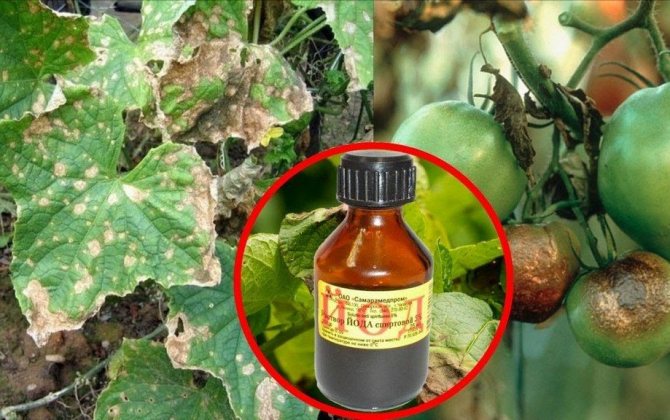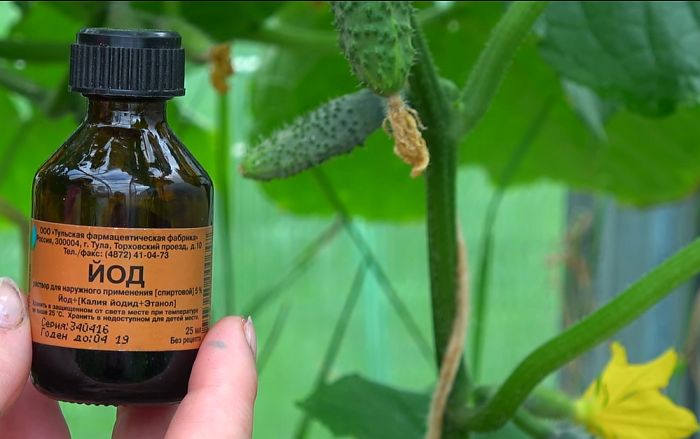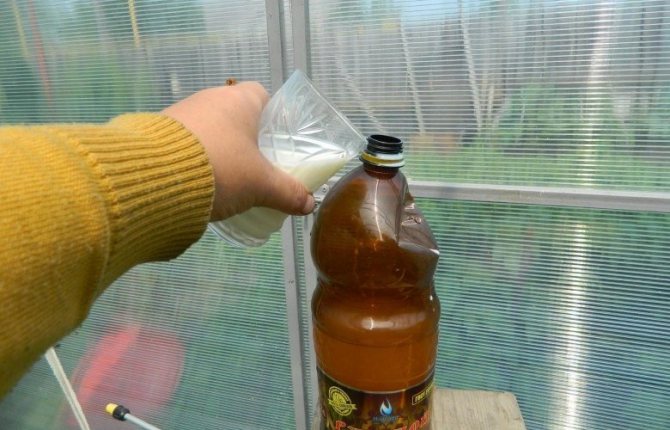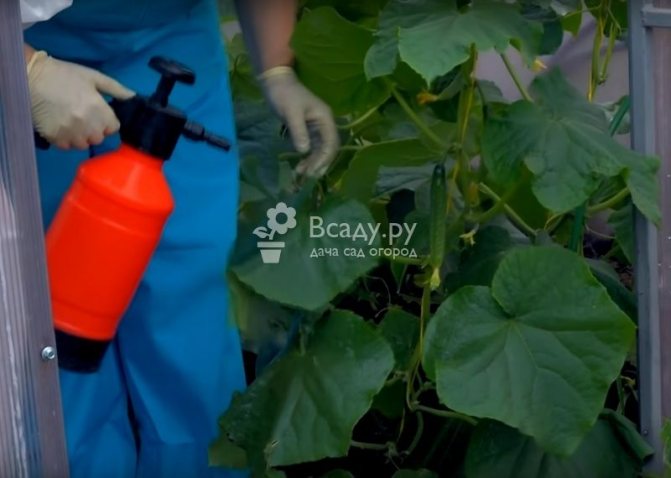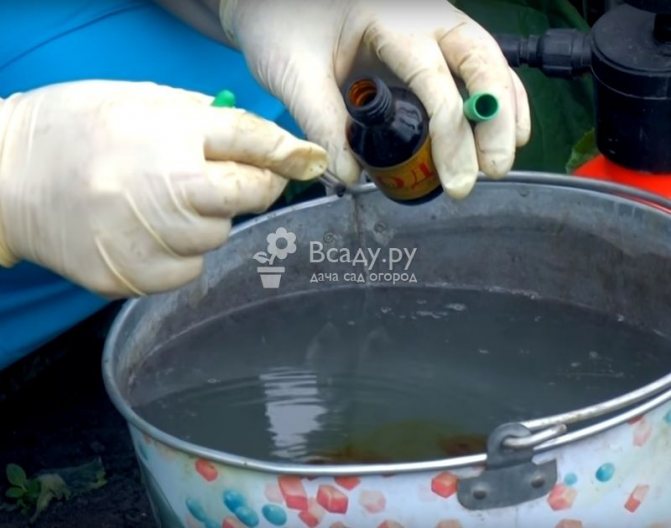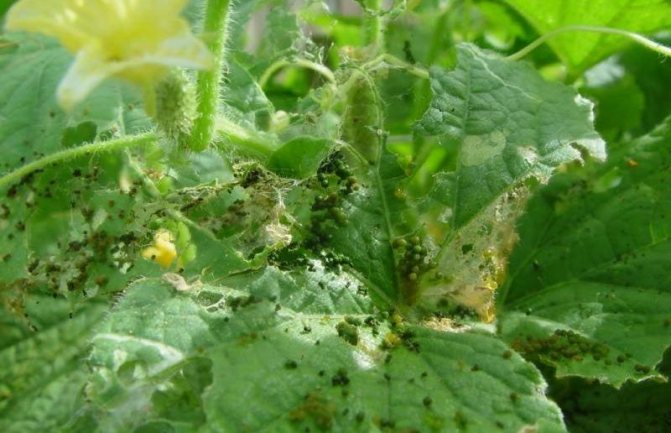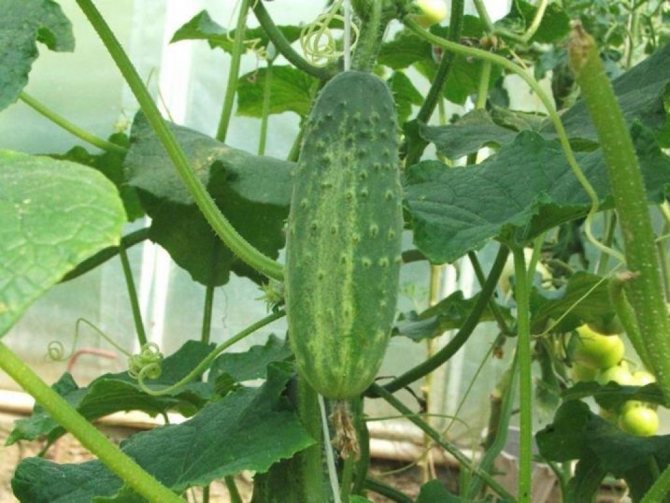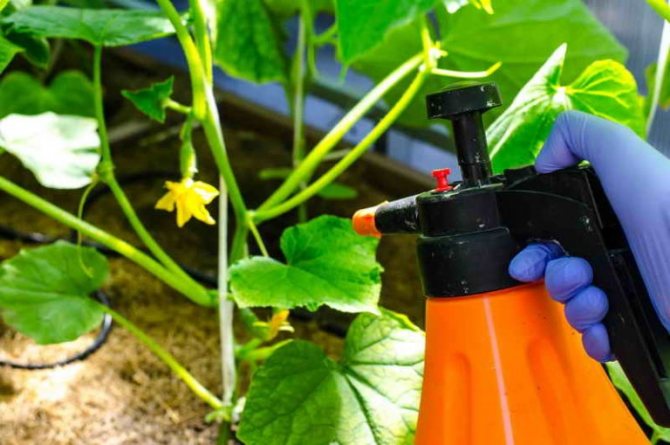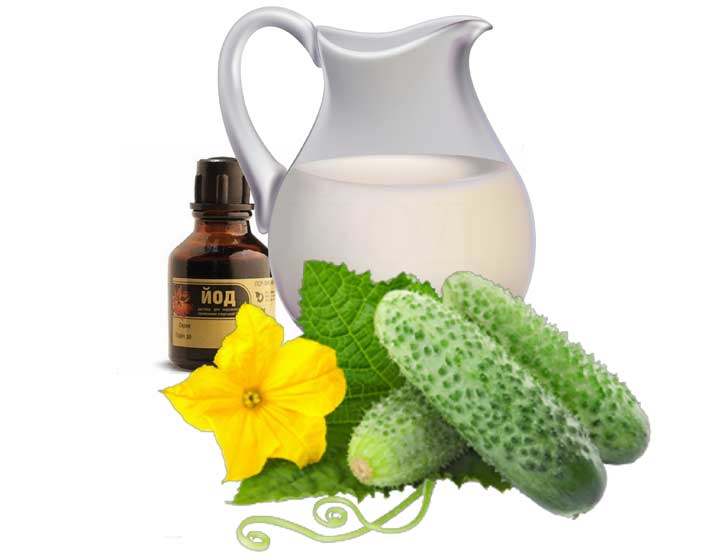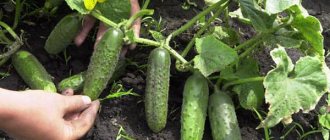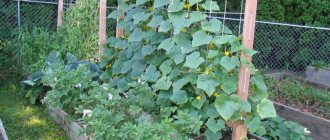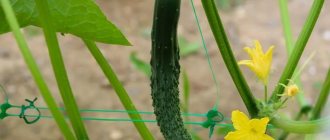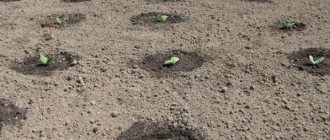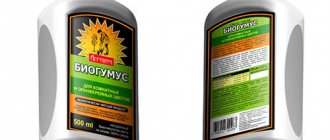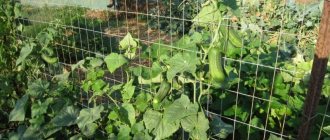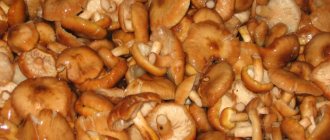With the opening of the summer cottage season, most of our fellow citizens have a lot of problems. When to plant, what to cover, how to protect against disease - these are all questions that need to be answered. This is not surprising, because everyone wants to get an excellent harvest with minimal use of chemicals. That is why we grow our own garden vegetables so that they are as natural and healthy as possible. Today we will talk about using milk with iodine for cucumbers.

Universal feeding
Are you puzzled? Indeed, many people are surprised by the use of such a valuable food product for watering. But it can not only provide a plant with almost all types of nutrients, but also make it unattractive to insects. And more often the garden with cucumbers is watered. Why are they given so much attention? The fact is that the healthiest vegetables, which are a source of potassium, calcium and phosphorus, are also quite whimsical. Therefore, without being vigilant, you can simply be left without a crop.
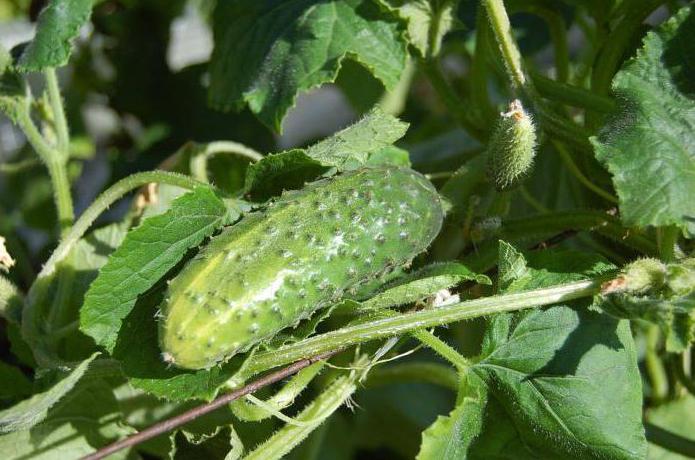

Disease protection
Milk with iodine for cucumbers is both a nutrient solution and an antiseptic. To get a good understanding of why this particular pair is chosen, let's look at their impact separately. And let's start with an inexpensive and readily available ingredient called iodine. In order to prevent various diseases, the use of this antiseptic is justified. Its antifungal action allows you to quickly and effectively destroy the metabolic processes of pathogens.
But that's not all, otherwise milk with iodine for cucumbers would not have gained such popularity. Active oxygen, which has a detrimental effect on fungi, is produced when iodine and water come into contact.
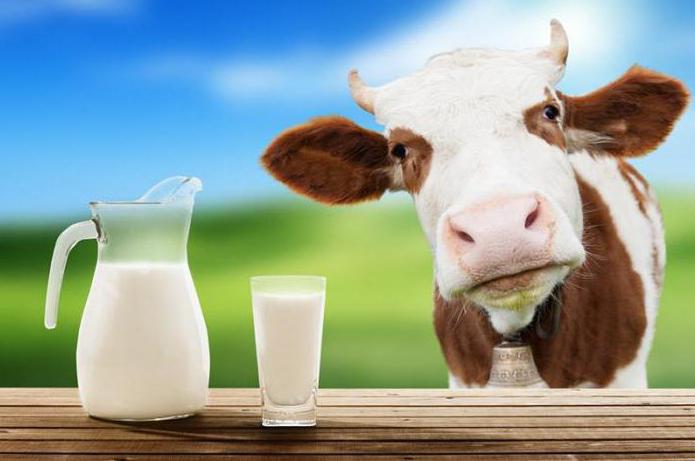

Processing time
Now let's go ahead and consider the effect of milk on plants, but for now there is one more important point. Cucumbers start to get sick early enough, pests like to destroy young plants. Therefore, preventive treatment should be carried out even before planting in the ground. And then plant protection must be carried out systematically. Biological methods are best used over pesticides. Milk with iodine for cucumbers is the ideal "preparation", which, on the one hand, is effective, and on the other hand, it is safe.
Scientific poke method
I would like to note that there are no reliable studies that could confirm or deny data on the effectiveness of the drug. Moreover, the timing, concentration of the drug and the form of application are selected at random. The use of iodine (in some cases, brilliant green) gives a very short-term effect, which means that the procedure will have to be repeated quite often. There is one more thing, whether you like the state of the garden after such a procedure. After all, green bushes in brown spots of iodine look completely unpresentable.
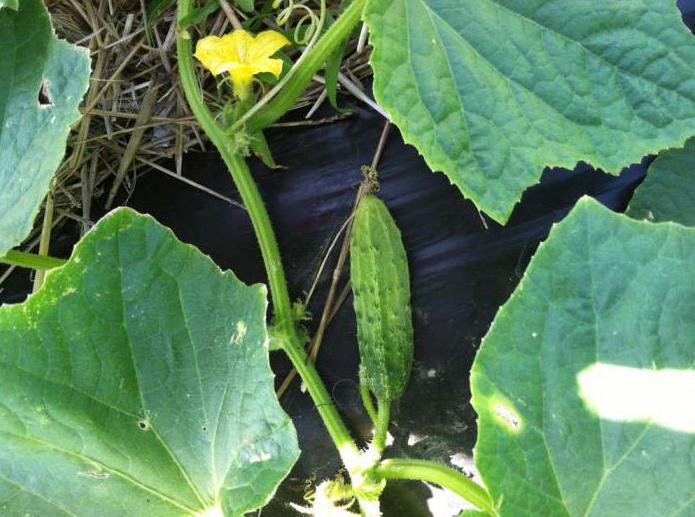

Effects of milk on plants
Spraying cucumbers with milk with iodine is practiced by many gardeners. At the same time, the majority is guided only by the advice of comrades and neighbors in summer cottages. It is generally recommended to dilute 2 liters of milk in 10 liters of water. Serum can be used in the same way, keeping the proportions. What effect do they have:
- A protein film envelops parts of plants and prevents hostile organisms from entering the leaf or stem.
- Whey and milk contain complete proteins and minerals. All these elements help to increase plant resistance, improve metabolic processes.
What do agricultural technologists say about spraying cucumbers with milk and iodine? The protein film is too short-lived, it is washed off by rain and watering. In order to ensure the desired effect, you will have to repeat the procedure very often. Having calculated the cost of milk, as well as the time spent, we can conclude that the procedure is too laborious. However, experts in the field of agricultural technologies do not deny that feeding cucumbers with iodine with milk is an effective means of combating certain diseases, in parallel with the introduction of nutrients.


The use of whey in the garden
Vegetable growers use watering cucumbers with serum to prevent the development of fungal infections. The components contained in the drink actively fight fungal spores and bacteria without harming the culture. The serum is used for seedlings growing in a greenhouse and for already mature plants.
Attention!
Cucumbers are often fed with it, but it can also be used as fertilizer for other crops growing in the garden, except for pepper and eggplant.
For spraying, whey is used by gardeners already in the middle of summer. This procedure will help avoid late blight. This disease appears in many areas in cloudy weather. Therefore, for prevention, treatment with serum should be carried out immediately after planting the seedlings. It can be purchased at the store or prepared at home.
Fermented milk product contains:
- proteins;
- lactose - provides protection against parasites;
- mineral components;
- vitamins;
- amino acids - essential for the proper growth of crops.
Thanks to these properties, the drink is appreciated by gardeners. It is obtained by fermenting milk. As a result, a liquid is obtained, which consists of 5% of important components (nitrogen, phosphorus, calcium, etc.) that the plant requires during flowering, and the remaining 95% is water.
Attention!
You cannot use pure whey for processing, since its acidity will adversely affect the composition of the soil. In addition, it is capable of burning plant leaves.
Fermented milk, together with other drugs, can improve the growth and development of cucumbers.
Vegetable growers can use the drink to add it to the soil or foliar feeding. By processing the plot with it, you can saturate the crops with the necessary useful microelements, which contributes to a rich harvest.
When caring for cucumbers, you should not only water them abundantly, but also fertilize them. In order for the culture to grow faster and the harvest was rich, it is necessary to feed with calcium, amino acids, phosphorus and copper. All these components are present in whey, to which ash and iodine can be added.
Experts in the field of agronomy advise using fermented milk liquid to fertilize cucumber seedlings. It is necessary to water the first shoots after the appearance of 2-3 true leaves. After receiving nutrients, the plants will not stretch, but will become strong and healthy.
Serum use has both advantages and disadvantages. The strengths of the method include:
- saturation of the soil with necessary substances and amino acids;
- a bountiful harvest;
- not dangerous, so you do not need to use personal protective equipment;
- plants develop better;
- quick preparation of feeding solution;
- fight against parasites and diseases;
- processing of many vegetable crops;
- the compost matures faster.
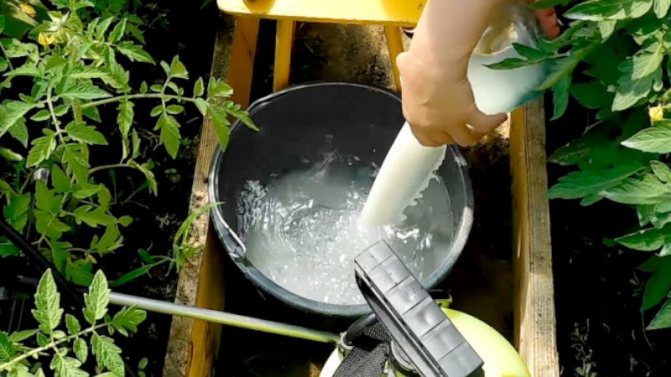

You can water cucumbers with whey during fruiting without harm to health. Therefore, vegetables can be consumed the next day after processing.
Disadvantages:
- the effect is short-lived;
- serum makes the soil more acidic, so it needs to be diluted;
- vulnerable to precipitation.
The action of the serum is short-lived, so treatment should be carried out regularly.
There are many cases when iodine solution can be used on cucumber plantations in the open field or in greenhouses. For example, in the following cases:
- used to fight infections;
- used as a fertilizer together with other components;
- used to prevent the appearance of diseases and pests;
- the seeds are treated and iodine is used for their better germination.
It turns out that this simple antiseptic can be used literally at all stages of plant development and in all the main cases of its agricultural technology. In addition, it is always available, it costs a penny, which allows you to save on more expensive preventive and protective agrochemicals, and is also completely environmentally friendly, which means that the fruits collected from the bushes after spraying can be eaten immediately, simply by rinsing them with clean water.
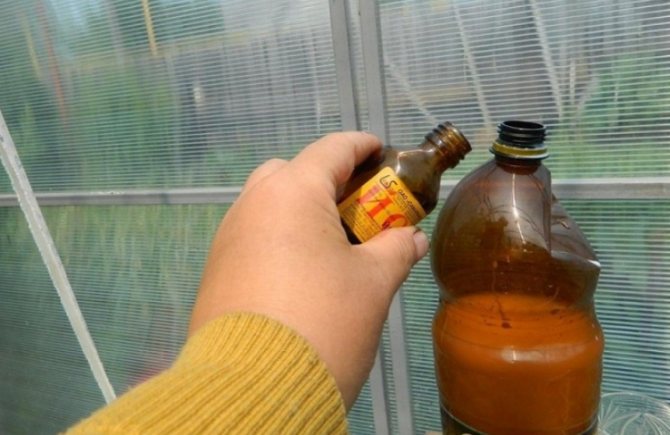

It is very simple to prepare a solution, even if the proportions are not observed exactly, nothing terrible will happen
Let's take a look at the advantages of iodine and whey treatment:
- Availability of all components. It is not difficult to buy serum and iodine, they are sold in all localities and are inexpensive. And those who keep cows have no problems with whey at all.
- Simplicity and safety of preparation. Even a child can prepare a solution. The proportions are easy to observe and even if they are slightly violated, nothing terrible will happen. The composition does not contain toxic and hazardous to health components, therefore, you can prepare a mixture and use it without the use of protective equipment.
- Environmental friendliness of the composition. By treating plants with whey and iodine, you do not increase the amount of nitrates in the soil. Plants do not accumulate any harmful substances and you get an environmentally friendly harvest.
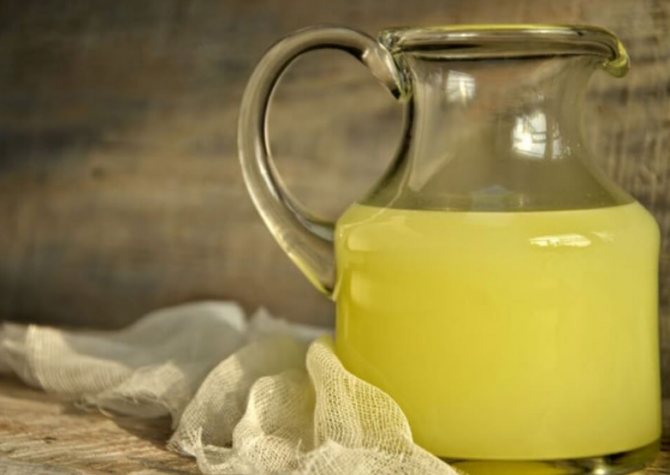

Whey has a number of beneficial characteristics that are further enhanced by the addition of iodine
- High content of minerals, proteins and vitamins. The mixture is very nutritious and has a good effect on the development and growth of cucumbers, stimulating their development. The soil is enriched and the structure becomes lighter, with constant application the general condition of the soil improves.
- The ripening time is shortened and the palatability of the fruit is improved. The plant as a whole bears much better fruit, improves fruit setting and increases the period of fruiting.
- Lactic acid bacteria serve as an excellent prevention and control of diseases. They have a depressing effect on pathogenic microorganisms and destroy them both on the plant and in the soil.
- Versatility of application. The solution is equally good for cucumbers and tomatoes, as well as many other vegetable crops. You can use it without special restrictions, because there are no harmful components in the composition.
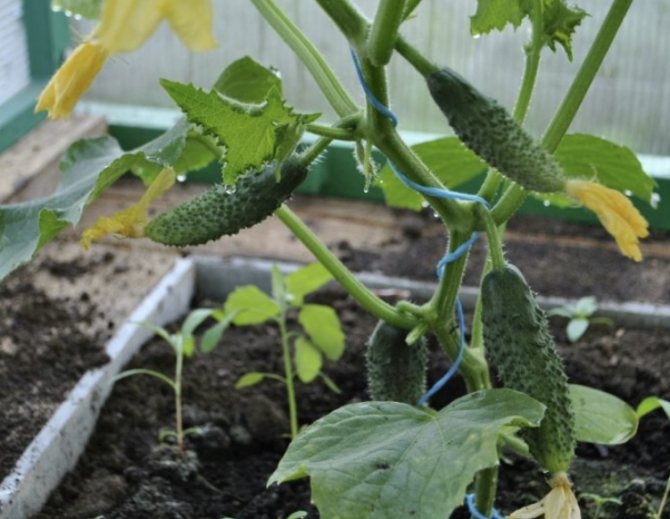

The use of dressings with serum and iodine significantly prolongs the fruiting period and thereby increases the yield.
The author of the video tells the option of prevention using only whey or low-fat milk. A mixture is prepared at the rate of 2 glasses of dairy product per liter of water. Plants are sprayed once a week for prophylaxis.
Olga, Kharkov
Alla, Moscow
Whey is a secondary product obtained during milk processing. It consists of 93% water, the rest is the substances contained in milk.
Whey is a useful fertilizer for many garden crops. Most often it is used for feeding cucumbers and tomatoes. Both a store-bought product and a self-prepared product made from kefir or sour milk are effective.
The serum can be used in open beds, greenhouses and greenhouses. The product is suitable for processing young and adult plants.
Whey has a number of advantages and disadvantages.
Product pros:
- saturation of the soil with useful trace elements and amino acids;
- increased productivity;
- improving plant development;
- suppression of bacteria and fungi that cause disease;
- treatment of diseases without harm to seedlings;
- use for processing a variety of garden crops;
- acceleration of compost maturation;
- use in the fight against insects.
Disadvantages:
- short-lived effect;
- instability to precipitation.
Serum is short-lived, so it will need to be processed regularly.
Cucumber and Tomato Serum is often used to prevent the appearance of pathogenic fungal diseases. The substances contained in the drink actively suppress fungi and bacteria without harming the plants themselves.
Growing tomatoes can be sprayed from early July to provide them with healthy amino acids. In addition, serum is an excellent prophylaxis against late blight. An insidious disease, in damp, cloudy weather, appears in many gardens.
Against root rot
The causative agents are fungi that live in the soil and multiply under favorable conditions. Rot usually does not appear immediately, but after a while. The lower leaves turn yellow, the ovary dies off, the roots turn brown and the plant dies. In this case, a regular antiseptic solution will help well. To optimize the processing procedure, it is combined with the addition of nutrients. As a result, feeding of cucumbers with iodine and milk is born.
To perform the procedure, you need to prepare a working solution. Take a liter of milk (yogurt or kefir, whey will do) and add a tablespoon of liquid soap and 30 drops of iodine. Pour in 10 liters of water, you get a working solution that can be sprayed on cucumbers every 10 days.
Testimonials
Nikolay, Moscow region
A long time ago, friends advised to use a solution of iodine and milk to increase the yield of cucumbers. I didn’t believe in this method, but decided to check it out. Now for the third season I feed vegetables only in this way. I use the mixture every 4 days. In addition to a rich harvest, seedlings are no more when transplanted from a greenhouse into the ground.
Andrey, Oryol
I started using the mixture to get rid of the aphid infestation. I didn't believe in the result, but the effect amazed me - the parasites disappeared.
It is not difficult to use a milk-iodine solution for feeding cucumbers. The main thing is to correctly adhere to the recipe for preparing the mixture and observe precautions.
Treatment or prevention
Does the treatment of cucumbers with iodine and milk help to get rid of the symptoms of the disease? Reviews emphasize that this tool is more suitable for prevention. Timely processing helps to protect the culture from the spread of root rot and spores of parasitic fungi. This, in turn, is the prevention of powdery mildew and bacteriosis. But if you already see clear signs of damage on your plants, then you will have to use modern drugs. It will be possible to spray the cucumbers with milk and iodine after the danger has passed.


How to water and spray
It is recommended to process the affected bushes in the morning., before the sun begins to warm up the earth strongly. The weather should be calm so that the wind does not carry away drops of solution. The treatment is carried out with a freshly prepared solution using a spray bottle or garden sprayer. You can use a watering can with a nozzle.
Spray the bushes from above, while it is important to ensure that the medicinal solution gets on all parts of the plant, including the underside of the leaves.
Watering with a medicinal composition is carried out in the morning or evening hours... To prevent the solution from spreading over the surface of the earth, it is preliminarily loosened.
Important processing rules
For prophylaxis, serum iodine solution for cucumbers they are used no more than three times per season. You can not spray the bushes with the medicinal composition in the middle of the day in sunny weather - sunburn will result on the leaves.
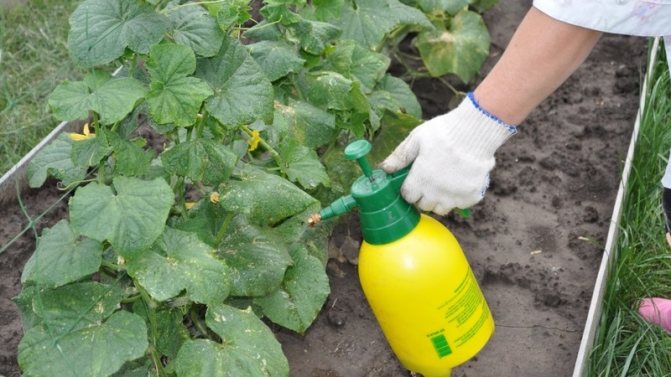

Processing is carried out with an interval of 10-15 days.... It is not recommended to use pure milk whey; to prepare the composition, it is diluted with warm water. When watering, the solution is poured not at the very root, but at a distance of 30-40 cm from the stem.
Important! For treatments, a freshly prepared iodine-whey solution is used. When storing the solution, pathogenic fungi start up in it. For treatments, use a fresh product that has not been boiled.
When growing cucumbers in a greenhouse evening treatment with iodine-serum composition is not recommended. At night, the temperature drops, increased air humidity is created in the greenhouse, and condensation forms on the plants. If spraying with a medicinal composition is carried out at this time, this will further increase the humidity of the air. Such a microclimate will create favorable conditions for the development of pathogenic fungi, root rot, powdery mildew.
Solution advantages
As usual, agricultural technicians have their own truth, and summer residents have their own. And practical experience says that the processing of cucumbers with iodine and milk also has advantages. Reviews suggest that the plants are getting greener, the trunks are thicker, and the harvest is more massive. At the same time, the processing costs are very low.
Plant spray eliminates the need for chemicals. It is this task that most summer residents face, otherwise it would be much easier to buy a bag of an all-purpose chemical in a store. Irrigation is recommended for the following reasons:
- These two substances can reduce the risk of certain diseases, in particular, powdery mildew.
- Milk boosts the immunity of green organisms, which contributes to higher yields.
- The plant is saturated with useful trace elements.
- When using this mixture, the cucumber whip does not turn yellow or fall off.
This product is natural and safe, can be prepared in seconds, and is inexpensive.
What does iodine deficiency in plants lead to?
The element is necessary for several processes occurring in plants at once. Vegetable growers feed the culture with iodine, as it helps to assimilate nitrogen. If this element is poorly assimilated, then the cucumbers will be weak, and it will not be possible to save them from diseases.
An antiseptic is one of the constituents of proteins. In addition, thanks to him, plants "breathe", as a result of which immunity is strengthened. At the same time, photosynthesis is faster if iodine is present in the tops and roots. Therefore, it is important to avoid its deficiency in plants.
Most often, a deficiency of an element can be seen on such soil types:
- sandy and sandy loam - useful trace elements quickly penetrate into the lower layers of the soil;
- peat bogs - characterized by an increased level of acidity;
- podzolic;
- poor in organic matter - the acidity level is also low.
Attention!
Lack of iodine is least possible on black soil and in areas close to the sea. In the second case, the element is present in the air, so the culture receives it in the required amount.
It is better to introduce milk solutions with iodine in autumn and spring.
Recipe
Spraying cucumbers with milk and iodine is not difficult at all, you just need to prepare a working solution and arm yourself with a spray bottle. So, take a large bucket, add 20 g of laundry soap and a liter of milk, warm water and 30 drops of iodine to it. If the treatment area is large, then it is necessary to increase the amount of solution used.
The second version of the recipe helps if the plant begins to turn yellow and become stained. Then, instead of laundry soap, add a tablespoon of urea and baking soda.The affected leaves must be removed and the whips should be well watered from all sides. In just two weeks, you will see that the plant is releasing new leaves, and will soon begin to bloom.
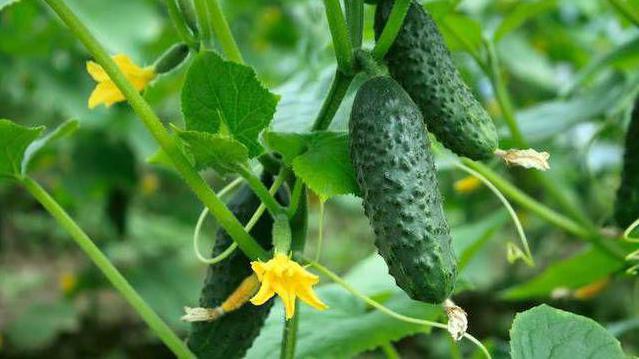

Precautions


Despite the fact that milk does not have toxic properties, the antiseptic can burn severely if it gets on open areas of the body. Therefore, it is necessary:
- carry out the procedure in protective clothing (respiratory mask, goggles, gloves);
- correctly maintain the proportions and dilute the funds strictly according to the instructions;
- use a spray bottle for spraying;
- fertilize in calm, cloudy, windless weather;
- do not store the mixture for a long time.
In the event that the solution has entered the body, you need to drink a lot of water and seek medical attention.
Expected Result
Processing of cucumbers with milk with iodine is performed in good weather, without rain and strong winds. Getting on the leaves, the antiseptic exhibits properties, destroying pathogenic organisms. At the same time, the milk forms a transparent protective film that prevents the penetration of pests. The only point: you should not take homemade milk, or skim it off the cream. Excess fat will inhibit oxygen penetration. You can substitute whey for milk, but it contains fewer nutrients. Treatment of cucumbers with milk with iodine should not be carried out if the plant has already undergone a disease. In this case, you will need stronger funds that can be bought in a specialized store. In the recommended amounts, these drugs are not hazardous.
What sour product goes well with
Yeast is a natural growth stimulant, contains B vitamins, magnesium and active enzymes. It is recommended to combine the bakery product with fertilizers containing potassium, as the yeast helps to wash it out of the soil.
To increase the nitrogen content in the soil, whey is combined with chicken droppings.
The cut grass is a universal product containing all the necessary substances for the development of plants. During fermentation, it releases a large amount of amino acids and beneficial trace elements.
Top dressing
Earlier it was said about the treatment in order to protect against late blight. However, watering cucumbers with milk with iodine is different from spraying, because the solution acts as a natural fertilizer. It is prepared in a slightly different way. For 10 liters of water, add four glasses of low-fat milk and 15 drops of iodine. This is done with the aim of strengthening plants and early prevention of the incidence of fungus.
Watering cucumbers with milk with iodine is performed when planting in the ground, and then repeated with the beginning of fruiting. Now you can carry out the procedure regularly, but no more than twice a week. The systematic use of this solution allows you to do without chemicals in your summer cottage and get the most useful vegetables. Good harvest and tasty preparations.

